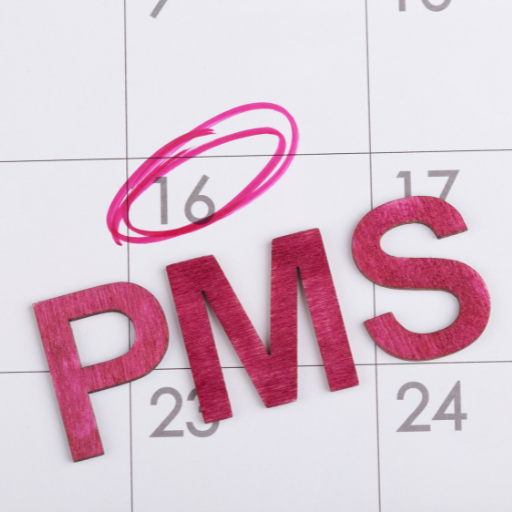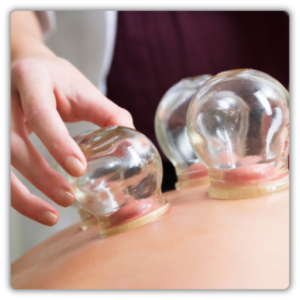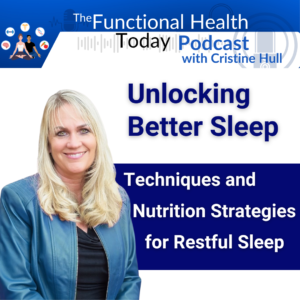
What is Post-Menstrual Syndrome (PMS)?
Post-Menstrual Syndrome refers to a set of symptoms that arise after menstruation, including mood swings, irritability, and headache. Unlike premenstrual syndrome, which occurs before menstruation, these symptoms may last for a few days and can include pain in the stomach area and trouble sleeping.
Women may experience post-menstrual syndrome due to fluctuating hormone levels during the menstrual cycle. Severe cases might involve pain during sex or exacerbated physical symptoms like cramp. Ways to manage include adjusting salt and caffeine intake, incorporating whole grains into the diet, and checking your iron levels.
Post-menstrual syndrome symptoms can overlap with those of premenstrual dysphoric disorder and menstrual syndrome. Symptoms include anxiety and fatigue. Relaxing techniques like yoga or massage can help alleviate discomfort, making it essential to understand everything you need to know about this syndrome.
KEY POINTS
Post-Menstrual Syndrome (PMS) occurs after menstruation and includes symptoms like mood swings, fatigue, headaches, and abdominal discomfort due to hormonal fluctuations.
Diet plays a key role in managing PMS—reducing caffeine and salt while increasing iron-rich foods and whole grains can help stabilize mood and alleviate symptoms.
Relaxation techniques such as yoga, deep breathing, and essential oils can help relieve stress, while light exercise can improve mood and reduce physical discomfort.
If symptoms persist or become severe, consulting a healthcare provider for supplements, hormonal therapy, or further medical support may be necessary.

Pop in your email below, and we’ll zip it straight to your inbox so you never lose it!
What Are the Causes of Post-Menstrual Syndrome?
Post-menstrual syndrome (PMS) may arise from hormonal fluctuations that occur after a person’s period ends. These changes can trigger various symptoms associated with the syndrome, similar to PMS, including mood swings and anxiety. Women with premenstrual disorders often experience symptoms that persist following ovulation.
Common symptoms of post-menstrual syndrome include discomfort in the back and neck, which may be linked to an underlying condition. Foods like those high in sugar or caffeine can exacerbate these post-menstrual syndrome symptoms. The surge of hormones that occurs right before a person’s period ends can also contribute to this syndrome.
In summary, post-menstrual syndrome may impact women’s health significantly. Understanding the signs of postmenstrual syndrome can help in managing and relieve symptoms. Awareness of the connections between postmenstrual syndrome and hormonal shifts is crucial for effective treatment.
How Long Does Post Menstrual Syndrome Last?
Post-menstrual syndrome refers to the post-menstrual symptoms that some individuals experience after their menstrual period. These symptoms can vary in duration, typically lasting a few days to a week. Individuals may track your symptoms to better understand their patterns and identify any postmenstrual syndrome symptom that might lead to depression.
Common physical symptoms like bloating and emotional challenges are often associated with post-menstrual syndrome. Those experiencing pms symptoms should not be afraid to discuss their concerns with a healthcare provider. If symptoms persist or worsen, it may be advisable to see a doctor to explore post-menstrual syndrome further.
Some factors, such as insulin resistance, may cause post-menstrual syndrome. Understanding the overlap between syndrome and premenstrual symptoms can help individuals find relief. Using essential oils may also offer some comfort for those seeking natural remedies.
Ways to Manage Post-Menstrual Syndrome
Thankfully, there are several ways to manage post-menstrual syndrome naturally and effectively. Here are some treatment options to consider:
1. Nutrition and Diet
What you eat can play a huge role in how your body handles hormonal fluctuations. Try:
- Foods like leafy greens, lentils, and nuts to maintain healthy iron levels
- Whole grains to support stable blood sugar
- Cutting back on salt and caffeine intake to reduce bloating and irritability
2. Relaxation and Self-Care
Managing postmenstrual syndrome symptom means prioritizing self-care. Try relaxing techniques like yoga, deep breathing, or using essential oils for stress relief.
3. Light Exercise
Low-impact physical activity like walking or stretching can help reduce physical symptoms and stabilize mood.
4. Sleep and Stress Management
Since trouble sleeping is a common issue, focus on improving sleep hygiene—limit screen time before bed and practice techniques like yoga or massage to unwind.
5. Medical Support
In some cases, postmenstrual syndrome might require medical intervention. If your post-menstrual syndrome symptoms are severe, a healthcare provider might recommend supplements, hormonal therapy, or even treatment of depression if needed.
What Are the Treatment Options for Post-Menstrual Syndrome?

Post-menstrual syndrome affects many women, manifesting as a form of premenstrual syndrome with physical and emotional symptoms. As the period starts or when the period is late, women often experience symptoms to see, including prominent psychological symptoms like depression or anxiety.
When treating postmenstrual syndrome, it’s essential to address the symptoms every woman may experience. Understanding where post-menstrual syndrome lies in the menstrual phase is crucial for effective management. Early intervention can significantly alleviate the impact of these symptoms.
Is Post-Menstrual Syndrome Related to Other Conditions?
Link Between Post-Menstrual Syndrome and PMDD
Post-menstrual syndrome refers to a set of symptoms that some women experience after their period arrives. This condition can significantly affect daily life and emotional well-being.
On the other hand, PMDD (Premenstrual Dysphoric Disorder) is a more severe form of post menstrual syndrome. Women with PMDD endure intense symptoms that disrupt their lives, showcasing the complex relationship between postmenstrual postmenstrual syndrome and mental health.
Understanding Polycystic Ovary Syndrome (PCOS) and Its Symptoms
Understanding Polycystic Ovary Syndrome (PCOS) is crucial for many women. It often presents similar symptoms to post-menstrual syndrome, leading to confusion.
Women with PCOS may experience symptoms like irregular menstrual cycles, making it difficult to predict when they are getting your period.
By recognizing these signs, women can seek appropriate treatment and improve their quality of life.
How Anxiety or Depression May Affect Post-Menstrual Syndrome
Post-menstrual syndrome can significantly impact women, as anxiety and depression often exacerbate its symptoms. Many women experience symptoms such as mood swings, irritability, and physical discomfort, which can be intensified by underlying mental health issues.
When anxiety and depression are present, the emotional and physical challenges of post-menstrual syndrome may become more pronounced, leading to a cycle of distress. Addressing both mental health and post-menstrual syndrome is crucial for overall well-being.











